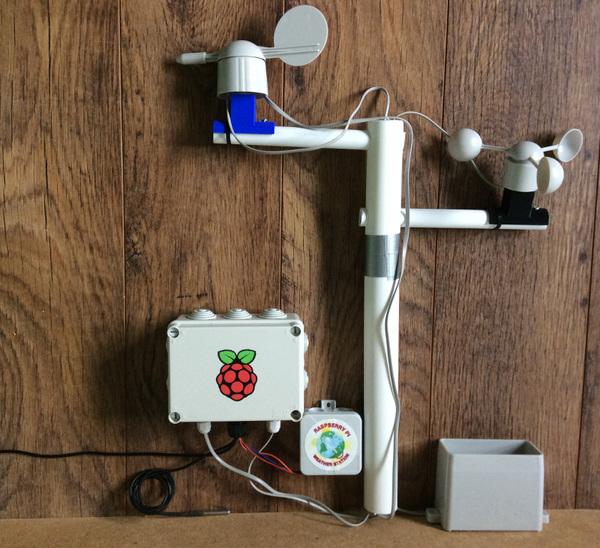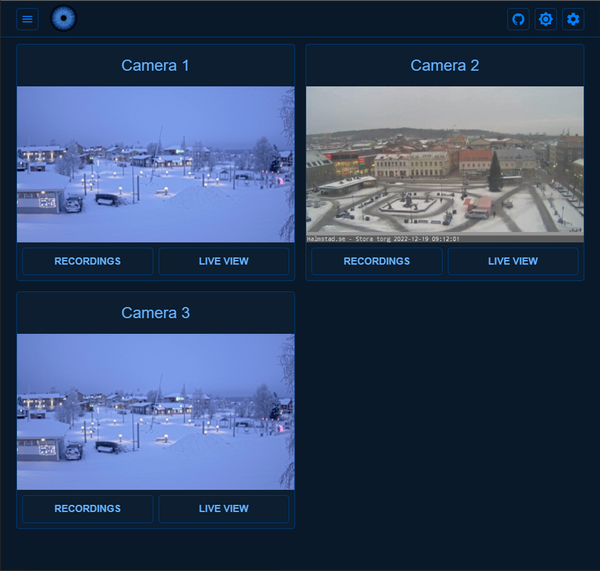Understanding How Photonics Work
No matter how old you are, you’re likely going to run into concepts you’re unfamiliar with from time to time. If you’re a person interested in seeking by nature, you might find yourself in this situation quite often (perhaps more often than not). The following will provide an overview of one concept you might be unfamiliar with: photonics.
What Is Photonics?
Photonics is one of many physical sciences; it is the study of light and the application of light. Light is the smallest piece of energy that can be transported. This piece of energy is called a photon; it’s so small that it can’t be cut in half. As far as we know, it can only be created or destroyed.
Photons have a wave-particle duality meaning they have behavioral characteristics of both particles and waves. This has led to a little bit of controversy as researchers like to put phenomena in neat categories and photons refuse simple categorization. A photon is an elementary particle that contains a teeny packet of electromagnetic radiation. It is sometimes also called a light quantum. All photons travel at the speed of light.
Photonics, therefore, is a science that focuses on the application of light as well as the generation, detection, and manipulation of light through emission, modulation, transmission, signal processing, sensing, amplification, and switching. If you played with a sun catcher as a child, enjoying the rainbow patterns on the wall, you’ve experienced photonics. Of course, it gets much more in-depth than that.
Applications Of Photonics
Photonics has a ton of different uses. It can play a role in telecommunications, photovoltaics, medicine (health monitoring, vision correction, surgery, endoscopy), information processing, robotics, photonic computing, agriculture, lighting, art diagnostics, metrology, holography, military technology, biophotonics, and much more. Of course, there are those at the forefront of photonics, studying it for the sake of curiosity. There are lots of questions still unanswered when it comes to photons. For instance, we still don’t know why photons (and all zero-mass objects) travel at the speed of light, which is 299,792,458 meters per second. That’s just the speed it goes, as far as we can tell.
Tools For Photonics
Given the abundance of light in our universe and the endless possibilities this implies, there are a wide variety of tools used in the world of photonics. Depending on your light-transmission needs, various photonics components can be found. Tools can include laser power measurement spheres, light measurement spheres, CDS spectrometers, reflectance/transmittance spheres, as well as much more.

Degrees
Of course, anyone can study any subject of interest to themselves on their own using the library and the internet. This being said, for those who have developed a keen interest in photonics and have the desire to work in the field, there are degrees that specialize in photonics. Typically, these are master’s degrees. Common bachelor requirements include degrees in electrical engineering, physics, mechanical engineering or similar fields. Be sure to research the specific requirements for a given degree before applying.
The above information should have given you an overview of photonics. The subject is massive and encompasses a wide spectrum of phenomena. Light is a major part of our experience on this planet, and because of this, studying it can infuse all aspects of daily life with new meaning and understanding.







